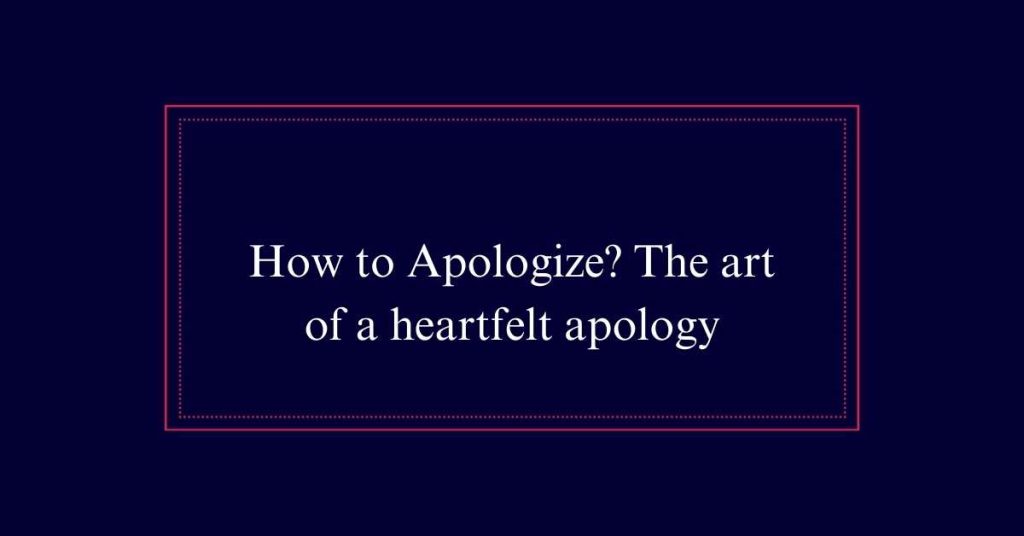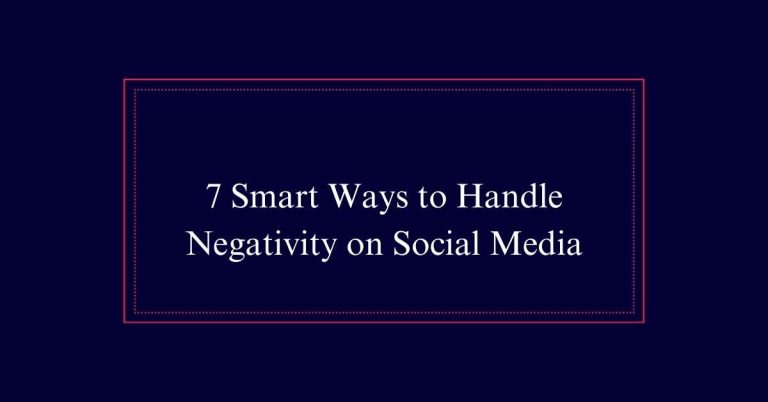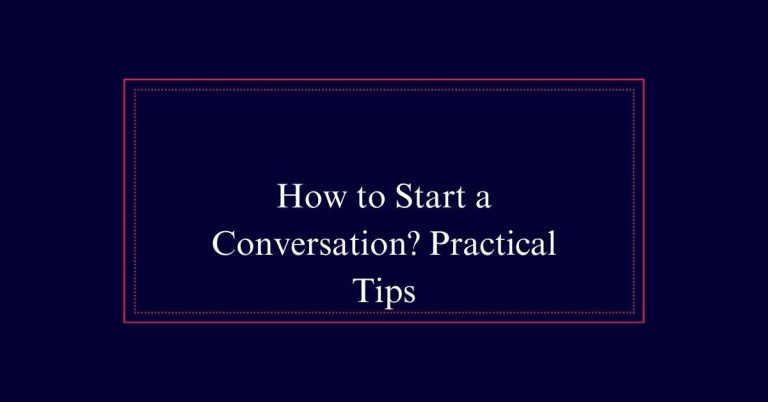How to Apologize?
To apologize effectively, start with a sincere “I’m sorry.” Don’t justify your actions. Admit your mistake clearly and take full responsibility. Show you understand the harm caused by describing it. Offer a plan to fix things and prevent it from happening again. Ask for forgiveness genuinely. Choose a quiet, private moment when emotions are calm. Self-affirmation can boost your confidence and sincerity. This approach helps heal relationships and prevents resentment.
Understanding Why Apologies Fail
Understanding why apologies fail starts with recognizing that many apologies are justifications for bad behavior. Instead of admitting fault, people often focus on their own feelings. They’re more interested in saving face than acknowledging the harm they caused.
This lack of sincerity can damage relationships. When you apologize, it’s essential to genuinely admit your mistakes. Many struggle to do this because they want to maintain a positive self-image. But failing to take full responsibility can lead to resentment.
A weak apology that sidesteps the real issue does more harm than good. To truly mend fences, you need to focus on the other person’s feelings and admit your wrongdoing without excuses.
The Role of Self-Affirmation
Before you apologize, self-affirmation can help you approach the situation with sincerity and openness. It disarms your defenses, making you less likely to be defensive. Remind yourself of your positive qualities, like kindness and integrity. This boosts your confidence and reduces the urge to protect your self-image at all costs.
Think about the sources of your self-worth. This could be your relationships, achievements, or personal values. By focusing on these, you’ll feel more secure and ready to admit your mistakes. Positive self-talk, like saying, ‘I am capable of growth,’ can also help.
Using self-affirmation, you’ll be more genuine and heartfelt, setting the stage for a more effective apology. This makes a meaningful difference in repairing relationships.
Crafting a Perfect Apology
Crafting a perfect apology starts with saying ‘I’m sorry’ clearly and without any excuses. You need to take full ownership of your mistake. Acknowledge what you did wrong and the impact it had. Describe the situation to show you understand the harm caused. Offer a plan to fix the issue and prevent it from happening again. Finally, ask for forgiveness sincerely.
Here’s a quick guide:
| Step | Description |
|---|---|
| Start with ‘I’m sorry’ | Say it clearly, without excuses. |
| Take ownership | Admit your mistake. |
| Show understanding | Describe the harm caused. |
| Offer a solution | Explain how you’ll fix and prevent the issue. |
| Ask for forgiveness | Request forgiveness sincerely and genuinely. |
Steps to Apologize Sincerely
Start your apology by finding a quiet time to talk to the person you wronged. Begin with a simple, direct ‘I’m sorry.’ Don’t add excuses or justifications.
Admit your mistake clearly and acknowledge the hurt you caused. Show that you understand the impact of your actions.

Next, offer a plan to make things right and prevent it from happening again. This shows that you’re taking responsibility and learning from the experience.
Finally, ask for forgiveness. Be genuine and vulnerable, showing that you truly regret your actions. This approach demonstrates sincerity and helps rebuild trust.
Choosing the Right Time
Choosing the right time to apologize is just as important as the apology itself. Timing can influence how well your apology is received and understood. You’ll want to select a moment when emotions aren’t running high and distractions are minimal.
Here are some key points to keep in mind:
- Wait for Calm: Don’t apologize when either of you is angry or upset. Wait until both of you’re calm.
- Pick Private Moments: Apologize in a private setting to avoid embarrassment and allow for honest conversation.
- Avoid Distractions: Be mindful of selecting a time that’s free from interruptions and distractions, so you can focus.
- Be Ready: Make sure you’re mentally prepared to apologize sincerely, without rushing or feeling pressured.
Choosing the right moment can make all the difference.
Acknowledging the Impact
When you apologize, it’s important to acknowledge the impact your actions had on the other person. Recognize how your behavior made them feel. Did it cause hurt, frustration, or disappointment? Be specific about the emotions and consequences they experienced. This shows you understand their pain and validates their feelings.
You might say, ‘I realize my words hurt you and made you feel unappreciated.’ This step is vital because it shifts the focus from you to them. It shows empathy and genuine concern. Don’t minimize their experience or make excuses.
Preventing Future Mistakes
To prevent future mistakes, outline specific steps you’ll take to avoid repeating the behavior. Begin by reflecting on what went wrong and why. This helps in understanding the root cause of your actions.
Then, make a concrete plan to change your behavior.
Here are four steps to guide you:
- Identify Triggers: Recognize situations or emotions that lead to your mistake.
- Set Clear Goals: Define what behavior you want to change and set achievable targets.
- Seek Support: Talk to friends or mentors who can help you stay accountable.
- Monitor Progress: Regularly check in with yourself to see how you’re doing and adjust as needed.
Benefits of Effective Apologies
A heartfelt apology can mend broken relationships and rebuild trust. When you apologize sincerely, you show that you care. It helps to strengthen your bond and build mutual respect. By owning up to your mistakes, you demonstrate humility and accountability. This can lead to personal growth and better communication. Effective apologies also clear the air, making way for improved understanding.
Here’s a quick look at the benefits:
| Benefits | Description |
|---|---|
| Strengthen Relationships | Builds trust and mutual respect |
| Repair Damage | Heals hurt feelings |
| Foster Understanding | Clears misunderstandings |
| Promote Personal Growth | Encourages humility and learning |
Frequently Asked Questions
How Can Cultural Differences Affect the Way Apologies Are Perceived?
Cultural differences shape how apologies are perceived. In some cultures, direct apologies are valued, while others prefer indirect expressions. Understand these nuances to guarantee your apology is sincere and appropriate for the cultural context.
What Are Common Pitfalls to Avoid When Apologizing Over Text or Email?
When apologizing over text or email, avoid sounding insincere or vague. Don’t make excuses or blame others. Keep it simple and direct. Clearly acknowledge your mistake, express genuine remorse, and offer a solution to fix it.
Can an Apology Still Be Effective if It Isn’t Accepted by the Other Person?
Yes, an apology can still be effective even if it’s not accepted. You’re showing accountability and sincerity, which is vital for your own growth. Remember, you can’t control their reaction, but you can control your actions.
How Do You Apologize for a Mistake Made a Long Time Ago?
To apologize for a mistake made a long time ago, start by acknowledging the time passed. Admit your fault sincerely, explain the impact you understand it had, and express your genuine regret. Ask for forgiveness openly.
What Should You Do if the Person You Apologize to Doesn’t Forgive You?
If the person doesn’t forgive you, accept their feelings without pressure. Show continued respect and understanding. Give them time and space. Reflect on your actions and maintain sincerity. Sometimes, forgiveness takes time and consistent effort.







